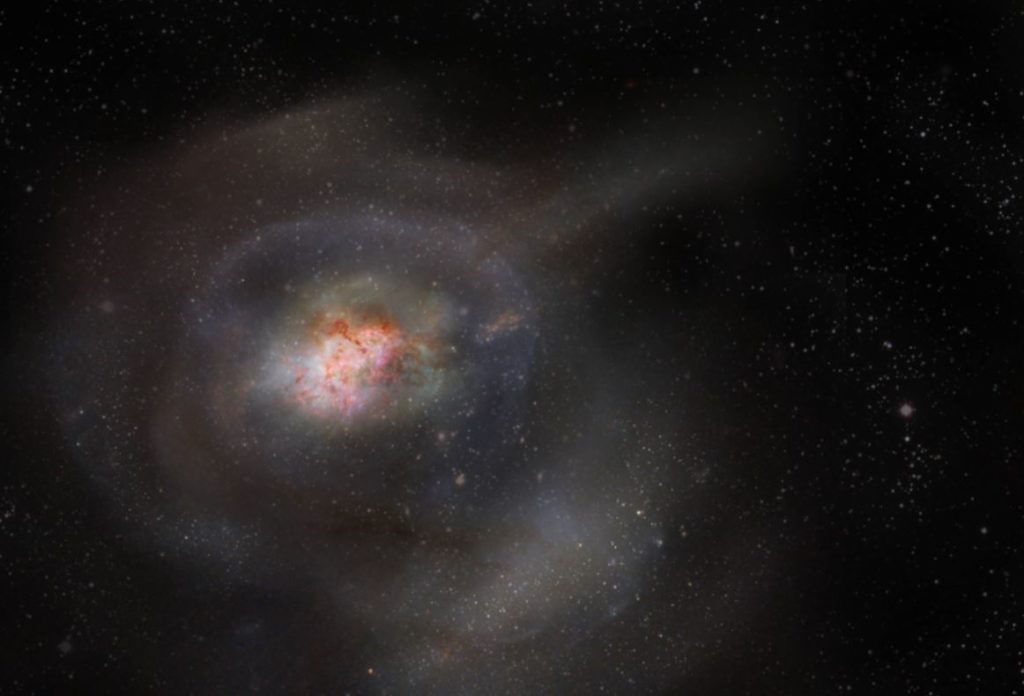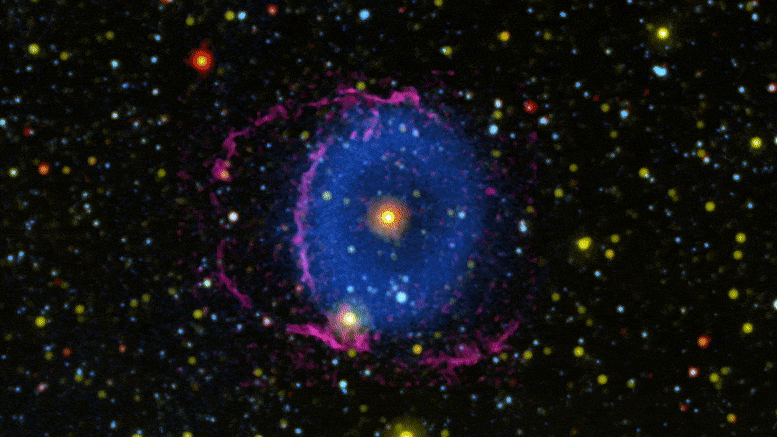
Image credit: ESA/Hubble & NASA, A. Sarajedini, G. Piotto
The glittering, glitzy contents of the globular cluster NGC 6652 sparkle in this star-studded image from the NASA/ESA Hubble Space Telescope. The core of the cluster is suffused with the pale blue light of countless stars, and a handful of particularly bright foreground stars are adorned with crisscrossing diffraction spikes. NGC 6652 lies in our own Milky Way galaxy in the constellation Sagittarius, just under 30,000 light-years from Earth and only 6,500 light-years from the galactic center.
Globular clusters are stable, tightly gravitationally bound clusters containing anywhere from tens of thousands to millions of stars...
Read More









Recent Comments